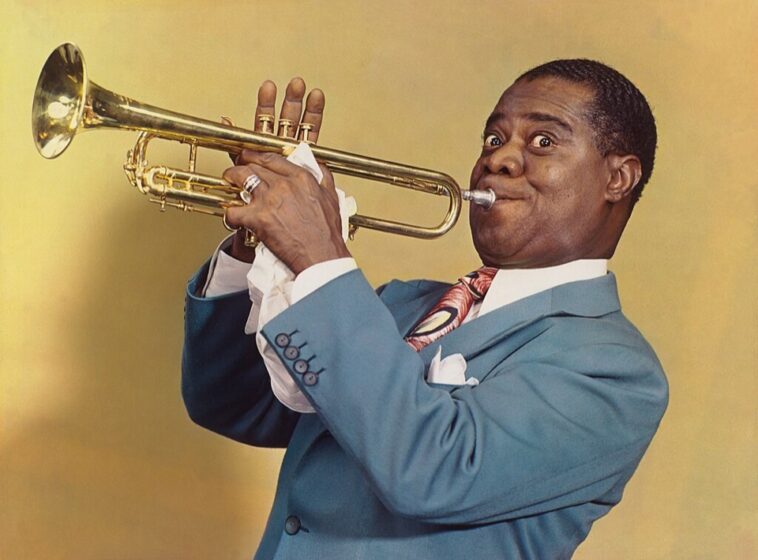New Orleans is a city grown from jazz roots. It moves to the sound of a horn, a drumbeat, or a soulful voice echoing down the street. Its neighborhoods carry stories not only of food and festivals but of a music genre that shaped American culture.
Jazz, born in the melting pot of cultures that is New Orleans, continues to inspire and attract travelers worldwide. To truly understand this genre, you must walk through the neighborhoods where jazz roots are firmly planted.
Jazz Roots in Treme
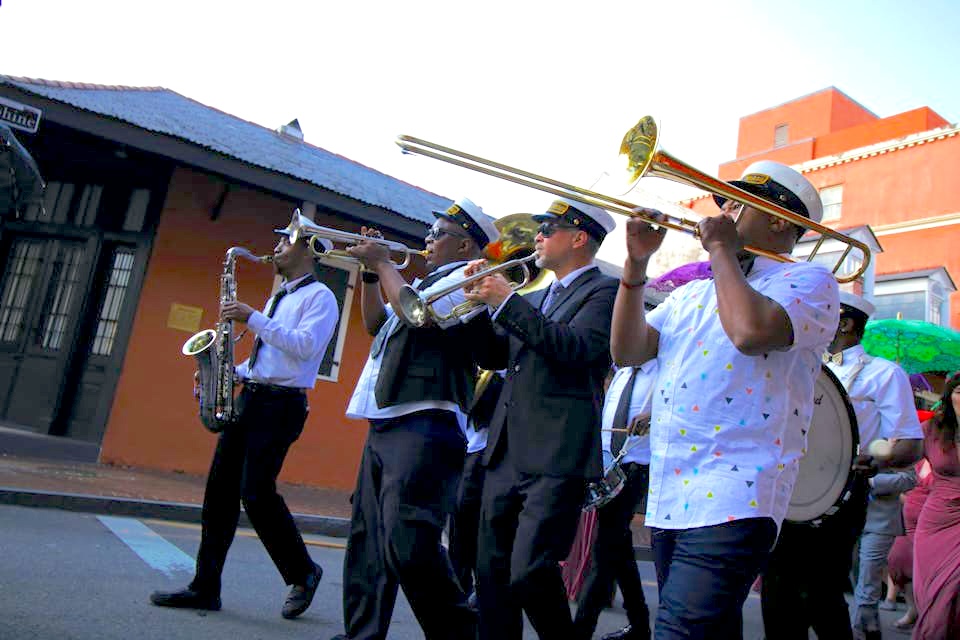
Treme is the heartbeat of New Orleans’ musical soul. Known as one of America’s oldest African American neighborhoods, it has been a cultural incubator for centuries. Brass bands, second line parades, and vibrant celebrations all trace their lineage back to this community.
Walking through Treme, you will find markers and murals honoring musicians who carried jazz from the street corners to the global stage. Venues like the Candlelight Lounge still keep the tradition alive with nightly performances that blend history and modern energy.
Treme is also home to the New Orleans African American Museum, which contextualizes jazz roots within the broader story of Creole heritage and African diaspora culture.
Congo Square and Cultural Fusion
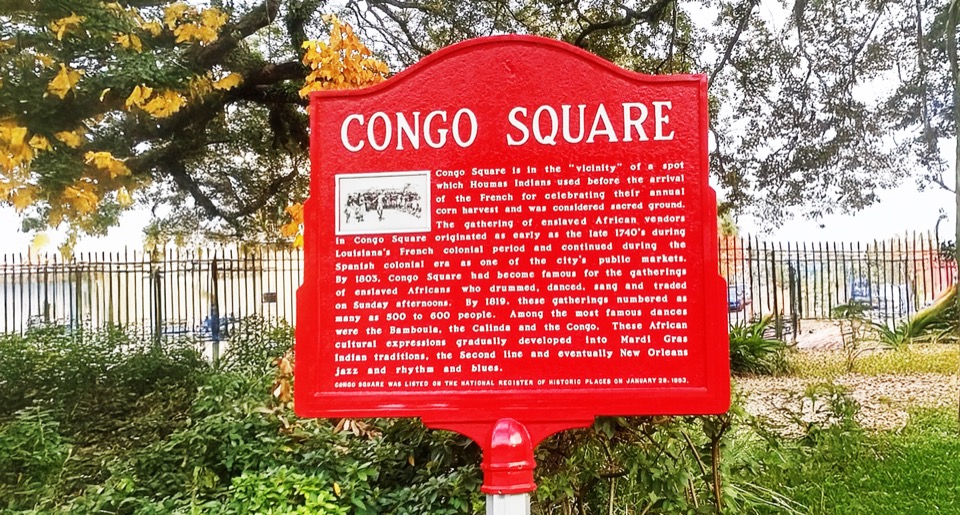
Before jazz became a word, Congo Square in Louis Armstrong Park was where rhythms took shape. Enslaved Africans gathered here on Sundays in the 18th and 19th centuries, drumming, dancing, and celebrating traditions despite immense hardships.
Those gatherings created a unique mix of African, Caribbean, and European sounds. This cultural fusion eventually shaped the foundations of jazz. Today, Congo Square remains a sacred site where festivals and performances honor those who laid down the rhythms that still pulse through the city.
Standing in Congo Square connects travelers to the earliest expressions of jazz roots and its enduring cultural significance.
The French Quarter’s Jazz Heritage
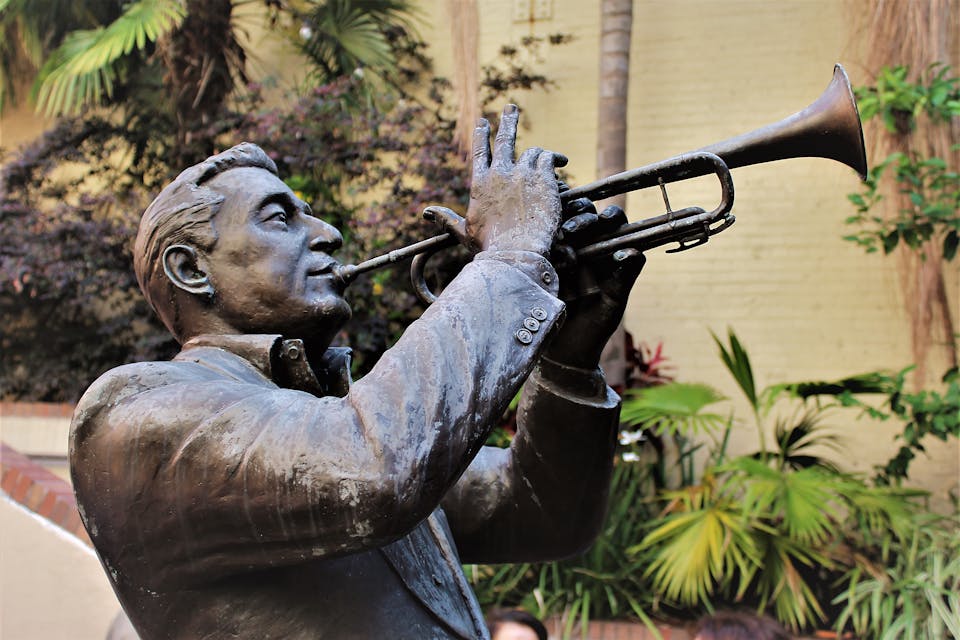
The French Quarter, with its iron balconies and vibrant streets, is more than a tourist hub. It is where jazz found early audiences in smoky clubs and lively dance halls. Legendary venues such as Preservation Hall continue to showcase authentic jazz performances, providing a window into a bygone era.
Walking down Bourbon Street or Royal Street, you can hear echoes of the musicians who defined jazz. The French Quarter’s blend of Creole culture, European architecture, and bustling nightlife made it a natural home for early jazz innovation. Today, its streets remain filled with live music that draws visitors to experience the living heritage of jazz roots.
Frenchmen Street and Modern Energy
Google: Dave Sullens
For a more contemporary look at New Orleans jazz, Frenchmen Street is the place to go. Located near the Marigny neighborhood, this street is lined with live music venues where jazz thrives alongside funk, soul, and blues. The Spotted Cat Music Club and Blue Nile are popular stops, offering intimate performances by talented local musicians.
Frenchmen Street represents how jazz roots have evolved into a modern experience without losing their authenticity. This area also reflects how community, creativity, and inclusivity continue to drive the city’s music scene. Travelers looking for genuine local energy will find it here, where the music spills from every doorway.
Uptown Brass Bands and Street Parades
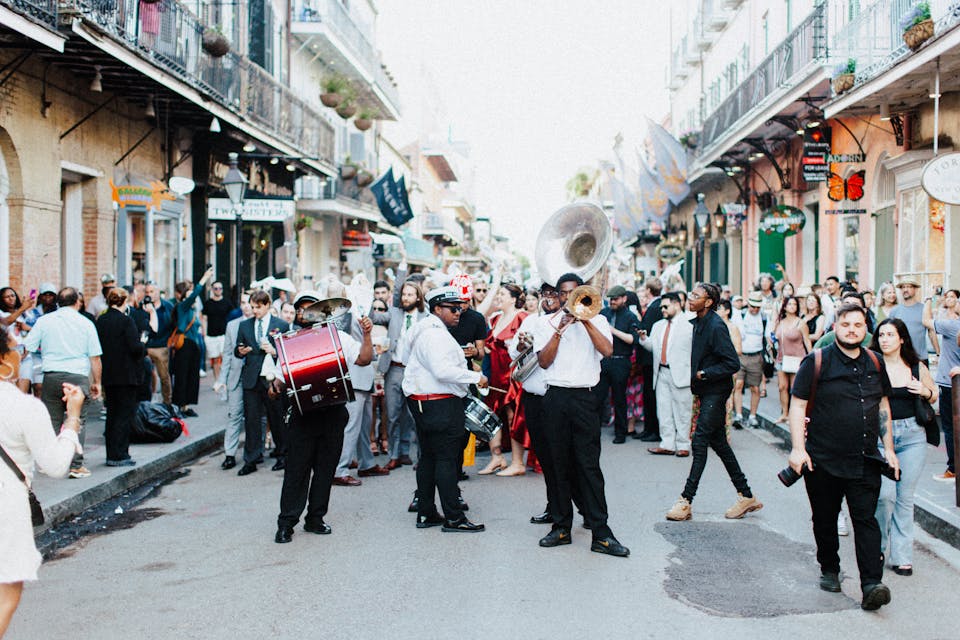
New Orleans’ jazz roots are not confined to stages or clubs. Uptown neighborhoods bring music directly to the streets through brass bands and second line parades. These parades, often organized by social aid and pleasure clubs, honor community milestones with rhythms that invite everyone to join.
The energy is infectious, and locals encourage visitors to dance, clap, and march along. Uptown shows how jazz remains woven into daily life, not just a performance to be observed. Street parades represent a living tradition where jazz continues to evolve while honoring the spirit of togetherness.
Experiencing Jazz Roots Through Food and Culture

Jazz in New Orleans is inseparable from its food, festivals, and traditions. A meal of gumbo or jambalaya often comes with live music in neighborhood restaurants. Festivals such as the New Orleans Jazz & Heritage Festival bring together global travelers, musicians, and chefs for a weeklong celebration of culture.
Experiencing jazz roots is as much about tasting Creole flavors and joining local celebrations as it is about hearing the music. This holistic cultural experience explains why New Orleans remains one of the most unique travel destinations in the world.
Preserving and Celebrating Jazz Roots
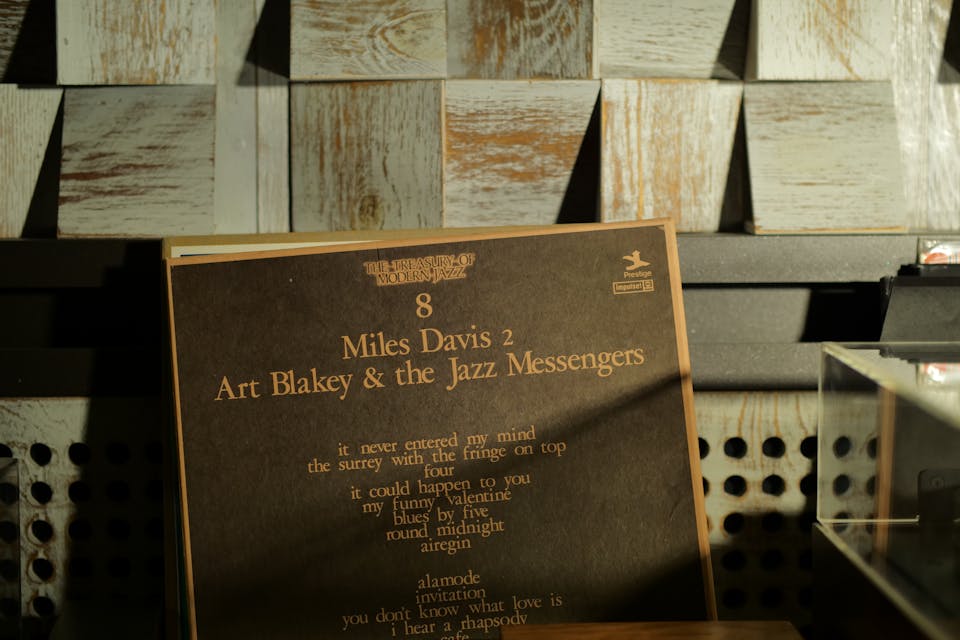
Pexels: Nikkor
The preservation of jazz roots is essential for New Orleans’ identity. Museums, local initiatives, and grassroots efforts ensure that the stories of musicians and communities are not forgotten. The New Orleans Jazz Museum, located in the Old U.S. Mint, houses artifacts and exhibitions that trace jazz history.
Preservation Hall, with its no-frills atmosphere, prioritizes authentic performance over commercial polish. These institutions remind visitors that jazz is more than entertainment. It is a cultural legacy created by marginalized communities whose creativity reshaped the world. Supporting these spaces ensures the survival of jazz for future generations.
Why Travelers Should Explore Jazz Roots
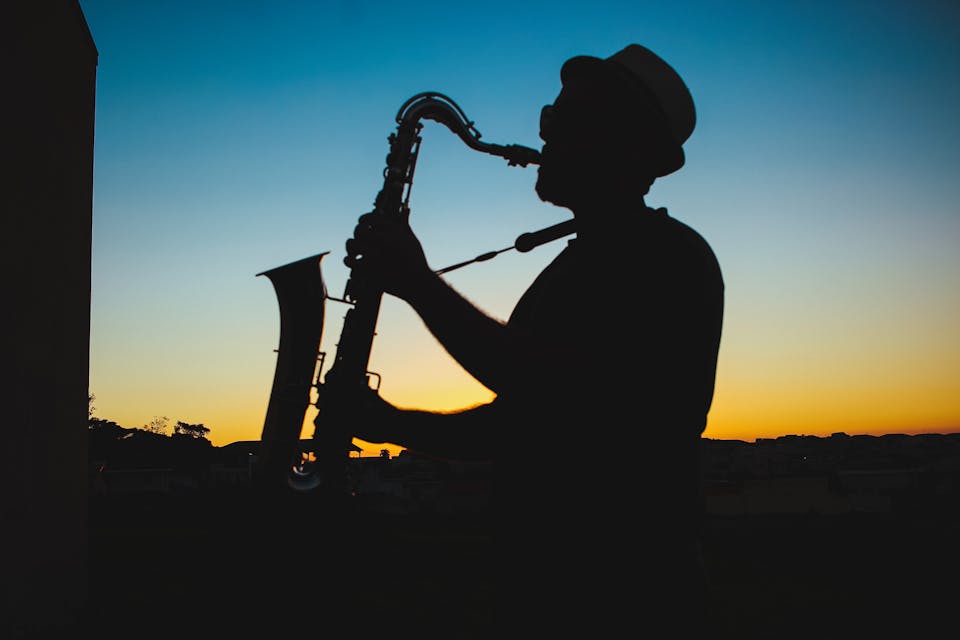
Traveling through New Orleans with an ear for jazz roots is more than sightseeing. It is an opportunity to understand resilience, innovation, and cultural blending. Every neighborhood tells a story of hardship, creativity, and joy that gave birth to one of the world’s greatest art forms.
Whether it is watching a brass band in Treme, sitting at Preservation Hall, or dancing on Frenchmen Street, travelers find themselves immersed in a living history lesson. Exploring jazz roots is a way to honor the past while celebrating the present, ensuring the music’s spirit continues to thrive.
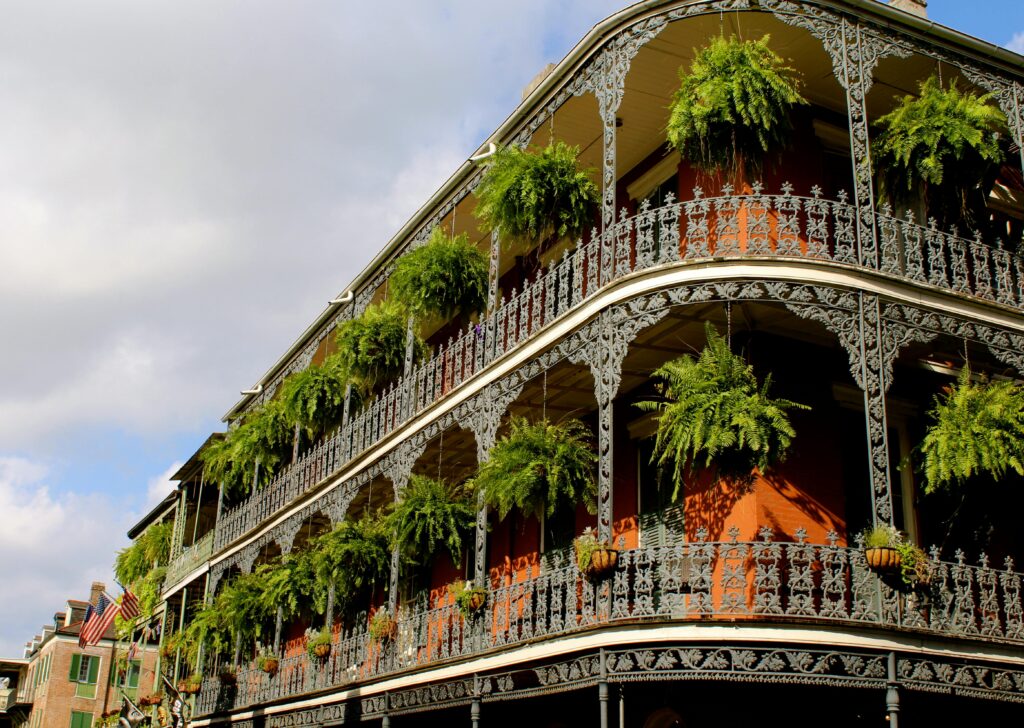
New Orleans is a city that sings, and its neighborhoods are the verses of a song that never ends. By exploring Treme, Congo Square, the French Quarter, Frenchmen Street, and Uptown parades, travelers step into the living history of jazz roots.
Every note, drumbeat, and lyric tells the story of cultural exchange, resilience, and joy. For those seeking an authentic cultural journey, there is no better place than New Orleans to explore the roots of jazz.
